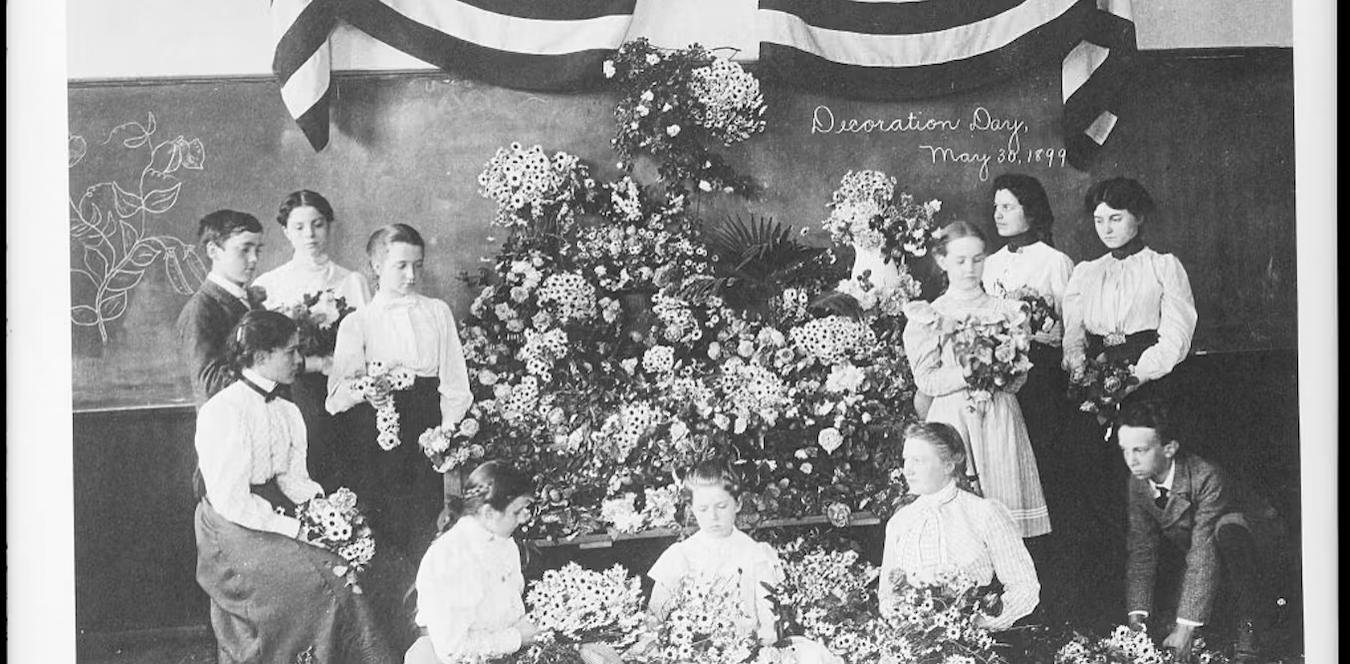Fashion
Unearthing the Hidden Legacy of Memorial Day

In the aftermath of the Civil War, a former Union general took inspiration from a Southern holiday and catalyzed its spread across the nation. This holiday, Memorial Day, originated in the Confederate States in 1866 and was adopted federally in 1868 to honor military fallen.
General John A. Logan, leader of the Grand Army of the Republic, is credited with formalizing this observance. He recognized its roots among former Confederates, noting, “It was not too late for the Union men of the nation to follow the example of the people of the South.”
A co-author and I have explored the intricate history of Memorial Day, uncovering its true origins amidst widespread claims from various cities. Our research reveals that the holiday we celebrate evolved from genuine acts of remembrance and reconciliation.
The inaugural Memorial Day in 1866 featured remarkable generosity. In Columbus, Georgia, women decorated the graves of both Confederate and Union soldiers, showcasing a spirit of unity. This unexpected gesture drew significant attention and praise in Northern newspapers.
An editorial from the Cleveland Daily Leader on May 9, 1866, applauded these Southern women for their act of kindness. The New York Commercial Advertiser further emphasized the importance of such conciliation in post-war America. “Let this incident… impart to our Washington authorities a lesson in conciliation,” it stated.
While not everyone embraced this sentiment, the seeds of reconciliation were planted. Inspired by the coverage, Francis Miles Finch, a Northern poet, crafted the poem “The Blue and the Gray,” which embodied this spirit of healing, suggesting that extending forgiveness was essential for true unity. His work entered the American literary canon and circulated widely, cementing Memorial Day’s significance across the country.
General Logan acknowledged the influence of Finch’s poem when memorializing the holiday. As Memorial Day was adopted by Northerners, the tradition of “burying the hatchet” also took hold. Union veterans expressed their commitment to this spirit, aiming to honor both sides of the conflict.
In a letter to the Philadelphia Evening Telegraph on May 28, 1869, they wrote, “We have no powerless foes… Post 19 thinks of the Southern dead only as brave men.” This sentiment echoed across the nation, seen in acts of kindness, such as a child sending flowers to a Confederate soldier’s grave.
These early celebrations reflect President Abraham Lincoln’s vision of “malice toward none” and “charity for all.” As Memorial Day evolved, it became a powerful symbol of reconciliation between North and South, rooted in respect and shared remembrance.

















